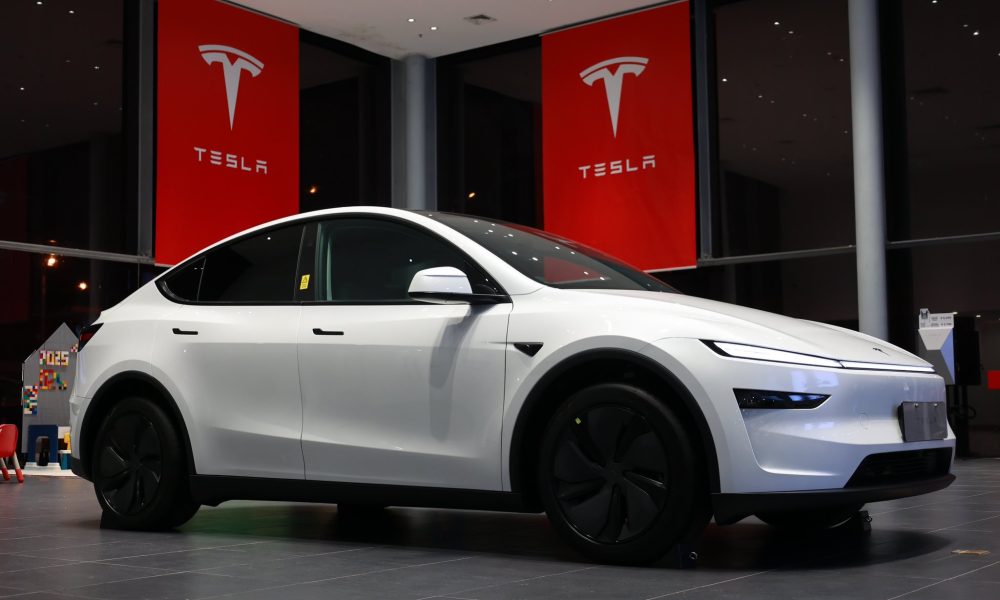Tesla Director of Charging for North America, Europe, Middle East, Africa, and Asia Pacific Max de Zegher recently shared some insights on a rather interesting rule that is being followed by the Supercharger team. It is a rule that, in a lot of ways, allows Tesla to further accelerate EV adoption.
No Exclusivity
In a recent post on its official social media account on X, the Tesla Charging team noted that it does not have exclusivity clauses for EV charging with property owners. As per the team, they discourage property owners to opt for exclusivity clauses since EV charging should not be restricted. “Hosting more charging infrastructure improves range confidence, keeps charging prices low, and accelerates EV adoption,” the Tesla Charging team wrote in its post.
While the Supercharger Network could have been a strong moat for Tesla in the electric vehicle sector, the charging network has been opened to other automakers’ EVs over the past years. In North America, Tesla’s home-grown NACS has become a standard, being adopted by veterans like Ford and General Motors and newer companies like Lucid Motors and Rivian.
Charging Director’s Comments
In a follow-up comment, de Zegher stated that the Tesla Charging team makes it a point to explain to landlords why EV charging should not have exclusivity clauses. As per the executive, there is no shortage of areas that could host EV charging spaces, so it only makes sense to support their expansion.
“When landlords offer us exclusivity, we actively reject it and explain our reasoning. We encourage them to install as much charging infrastructure as possible. We stand by our goal of ensuring as much dependable and affordable charging infrastructure as possible, whether from Tesla or other providers. There is no shortage of parking spaces, especially with increasing autonomy on the horizon. Legal moats only slow down EV infrastructure growth,” de Zegher wrote in a post on X.
Tesla Supercharger Stats
As per Tesla in its Q1 2025 Update Letter, the company operates 7,131 Supercharger stations with 67,316 Supercharger stalls worldwide as of the end of the first quarter. This effectively makes the Supercharger Network into one of the most reliable and cost-effective charging solutions in the market.

